Articles > Geography
Trying the top The Largest Cities In Pennsylvania cities on US State Largest Cities – Choose State & Number? Here are the top 10 to get you started.
1. Philadelphia, PA (Population: 1,550,542)

Philadelphia, the largest city in Pennsylvania, is a historic and cultural powerhouse that played a central role in the founding of the United States. Known as the “City of Brotherly Love,” Philadelphia was the site of the signing of the Declaration of Independence and the U.S. Constitution at Independence Hall. The Liberty Bell remains one of its most iconic landmarks. Today, Philadelphia is a diverse metropolis with thriving neighborhoods, world-class museums, and a rich arts scene. The Philadelphia Museum of Art, the Franklin Institute, and the Barnes Foundation highlight its cultural wealth, while professional sports teams like the Eagles and Phillies fuel passionate fan bases. Its economy spans healthcare, education, finance, and technology, anchored by institutions like the University of Pennsylvania. With its blend of history, innovation, and community pride, Philadelphia is both deeply American and globally connected.
Interesting Fact: Philadelphia is home to the oldest continuously operating farmers market in the U.S., Reading Terminal Market, which opened in 1893.
2. Pittsburgh, PA (Population: 303,255)
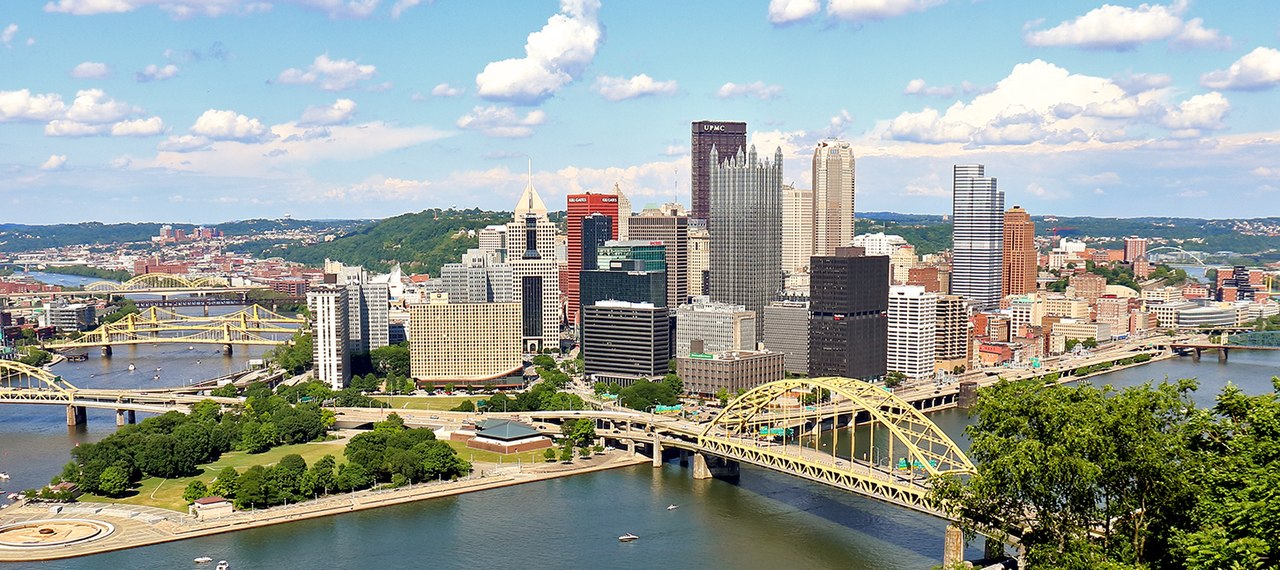
Pittsburgh, once known as the “Steel City,” has transformed from an industrial powerhouse into a center for education, healthcare, and technology. Its scenic location at the confluence of the Allegheny, Monongahela, and Ohio Rivers provides stunning views, with over 400 bridges connecting its neighborhoods. The city is home to Carnegie Mellon University and the University of Pittsburgh, both leaders in research and innovation. Cultural attractions like the Andy Warhol Museum, Heinz Hall, and the Pittsburgh Symphony Orchestra enrich its identity. Sports are central to the city’s spirit, with loyal fans of the Steelers, Penguins, and Pirates. Pittsburgh’s revitalized downtown and neighborhoods like Lawrenceville and the Strip District showcase its mix of old and new. With strong institutions and a resilient identity, Pittsburgh continues to evolve while honoring its industrial roots.
Interesting Fact: Pittsburgh has more bridges than any other city in the world, even surpassing Venice.
3. Allentown, PA (Population: 124,880)
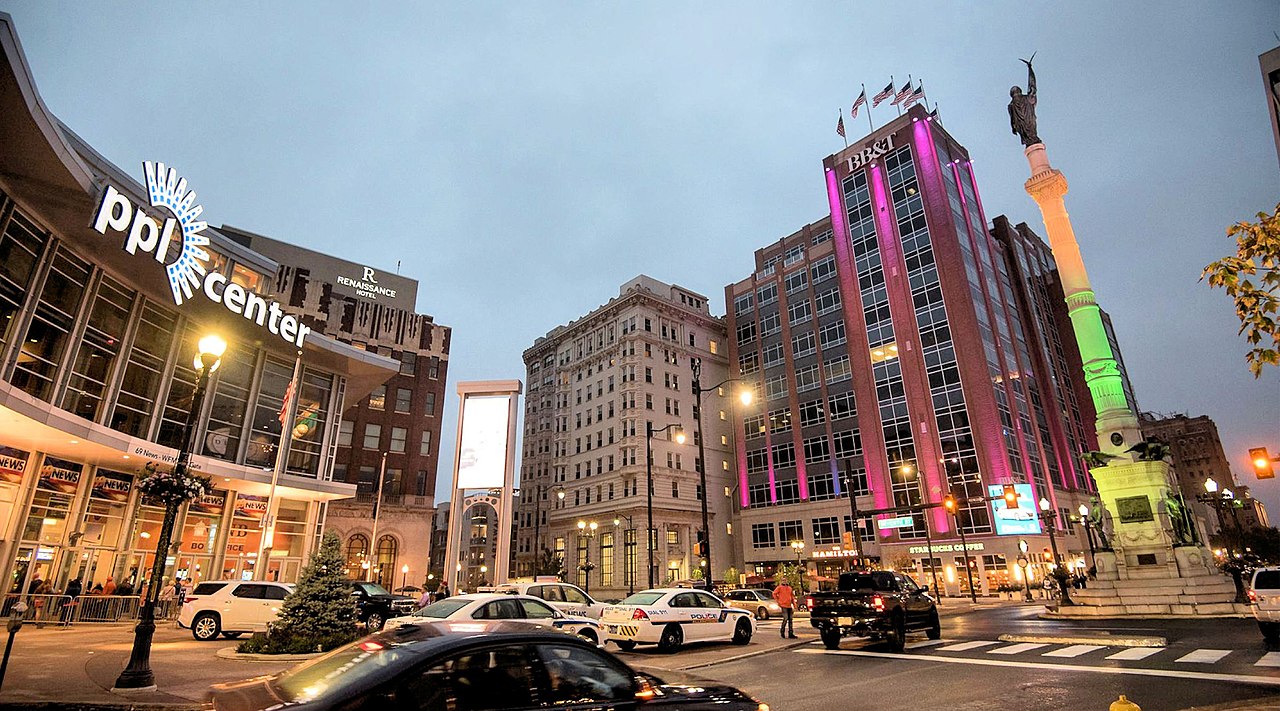
Allentown, located in Pennsylvania’s Lehigh Valley, has grown into one of the state’s most vibrant cities. Once a center for manufacturing, it has reinvented itself with a focus on healthcare, education, and business development. Downtown Allentown has undergone major revitalization, with the PPL Center arena serving as a hub for sports, concerts, and community events. The city also features cultural highlights like the Allentown Art Museum and Miller Symphony Hall. Residents enjoy the nearby Lehigh River and parks such as Trexler Memorial Park, which offer outdoor recreation. Allentown’s diverse population fuels its food scene and festivals, reflecting its global connections. With its central location near New York City and Philadelphia, Allentown continues to grow as both a commuter hub and a regional destination.
Interesting Fact: During the Revolutionary War, the Liberty Bell was hidden in Allentown to protect it from the British.
4. Reading, PA (Population: 94,903)
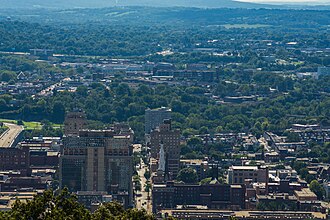
Reading, located in southeastern Pennsylvania, is a city with a rich industrial past and a growing cultural presence. Once a key center for the railroad industry, Reading has long been a hub for manufacturing and trade. Today, it is known for its strong Latino community, which has shaped the city’s cultural and culinary landscape. The Reading Pagoda, an iconic Japanese-style structure on Mount Penn, overlooks the city and symbolizes its unique identity. Reading also offers cultural venues such as the Santander Arena and the Reading Symphony Orchestra. Parks and trails provide outdoor escapes, while nearby Amish country adds to the region’s character. Though it has faced economic challenges, Reading remains a city of resilience and diversity.
Interesting Fact: The Reading Railroad, immortalized in the Monopoly board game, was headquartered in the city.
5. Erie, PA (Population: 92,957)
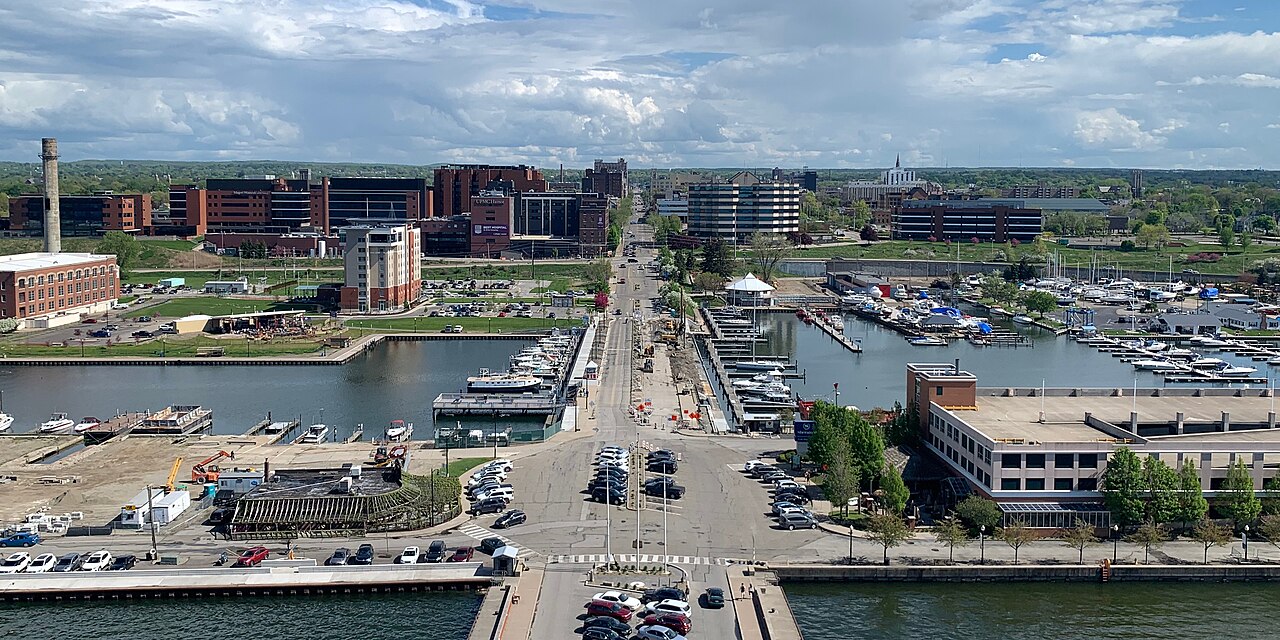
Erie, located on the shores of Lake Erie, is Pennsylvania’s only Great Lakes port city. Known for its natural beauty, Erie offers residents and visitors access to Presque Isle State Park, a peninsula with sandy beaches, trails, and birdwatching opportunities. Historically, Erie was an industrial hub, but today its economy blends manufacturing, healthcare, tourism, and higher education. Gannon University and Penn State Behrend contribute to the city’s academic presence. Erie is also home to the Erie Philharmonic, Erie Art Museum, and a growing craft beer and food scene. Its waterfront revitalization projects have helped connect the community to its lakefront while boosting tourism. With its location on the Great Lakes, Erie plays a unique role in Pennsylvania’s geography and economy.
Interesting Fact: Erie is nicknamed the “Flagship City” because it was the home port of Commodore Oliver Hazard Perry’s fleet during the War of 1812.
6. Bethlehem, PA (Population: 78,300)

Bethlehem, located in the Lehigh Valley, is often called the “Christmas City” due to its historic Moravian roots and festive holiday traditions. Founded in 1741 by Moravian settlers, Bethlehem’s history is evident in its preserved colonial buildings and museums. The city later became a steel-making powerhouse, with Bethlehem Steel shaping America’s industrial growth. Today, Bethlehem has transitioned into a cultural and tourism destination, with events like Musikfest, one of the nation’s largest free music festivals. The redeveloped SteelStacks site now serves as a performing arts and community center. Bethlehem also features colleges, parks, and a lively downtown filled with shops and restaurants. Its blend of history, tradition, and reinvention makes it a standout in eastern Pennsylvania.
Interesting Fact: Bethlehem Steel produced the steel used in iconic landmarks like the Golden Gate Bridge and the Empire State Building.
7. Scranton, PA (Population: 75,805)
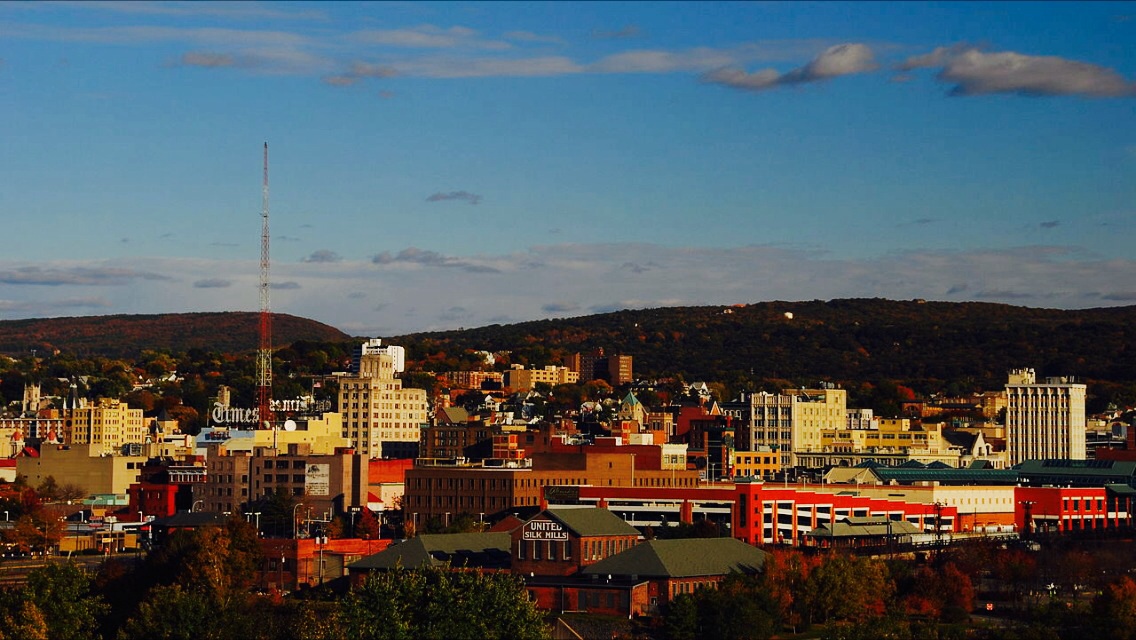
Scranton, located in northeastern Pennsylvania, is best known for its coal mining heritage and as a hub of the industrial revolution. The city’s history is preserved at Steamtown National Historic Site, which celebrates its railroad legacy. Scranton has diversified its economy to include healthcare, education, and services, supported by institutions like the University of Scranton. The city also gained pop culture fame as the setting for the TV show “The Office,” which has boosted tourism. Scranton’s neighborhoods reflect its immigrant history, with vibrant Italian, Irish, and Polish influences still visible in local culture. Annual events such as the St. Patrick’s Parade, one of the largest in the country, reinforce its community spirit. Scranton continues to balance its working-class roots with new economic and cultural opportunities.
Interesting Fact: Scranton was the first city in the United States to have an electric-powered streetcar system, earning it the nickname “Electric City.”
8. Lancaster, PA (Population: 57,153)
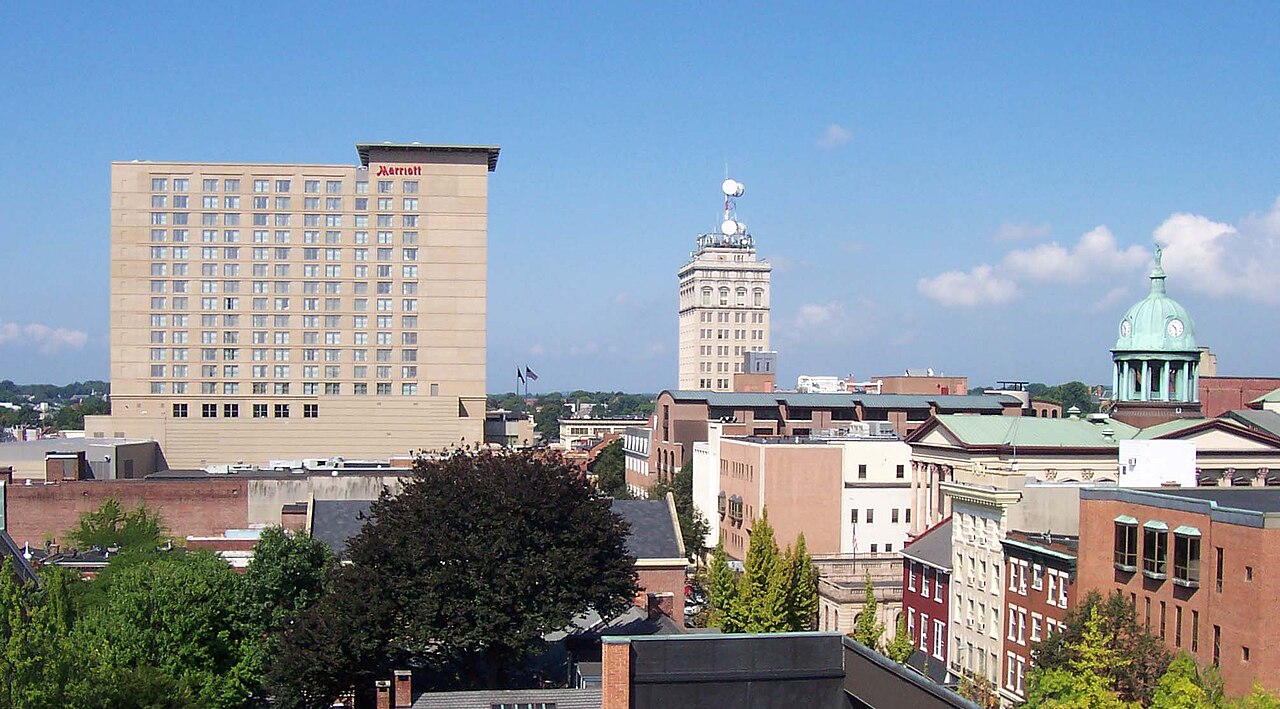
Lancaster, one of the oldest inland towns in the United States, blends historic charm with modern vitality. The city is known for its proximity to Amish country, where traditional lifestyles and crafts draw visitors from around the world. Lancaster itself has a lively downtown with art galleries, theaters, and the Central Market, one of the oldest farmers markets in the country. The Fulton Theatre, dating back to 1852, is a cornerstone of the city’s arts scene. Lancaster’s economy includes healthcare, manufacturing, and education, while its historic architecture and cultural festivals keep its heritage alive. Its balance of history, community, and innovation makes Lancaster an important part of Pennsylvania’s cultural fabric.
Interesting Fact: Lancaster briefly served as the capital of the United States for one day in 1777, when the Continental Congress fled Philadelphia.
9. Harrisburg, PA (Population: 50,012)
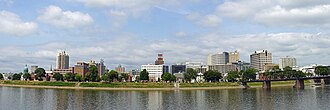
Harrisburg, the capital of Pennsylvania, is located along the Susquehanna River and plays a central role in the state’s politics and history. The Pennsylvania State Capitol, with its stunning dome inspired by St. Peter’s Basilica in Rome, dominates the city skyline. Harrisburg has a long history of industry and transportation, with its location on the river and railroads fueling growth in the 19th century. Today, government, healthcare, and education are key economic drivers. The city hosts cultural attractions such as the Whitaker Center for Science and the Arts and the Susquehanna Art Museum. Outdoor enthusiasts enjoy Riverfront Park and events like Kipona, an annual Labor Day festival. Harrisburg continues to balance its government role with efforts to revitalize its downtown and neighborhoods.
Interesting Fact: Harrisburg was a major training center during the Civil War, with Camp Curtin serving as the largest Union Army camp.
10. York, PA (Population: 44,867)
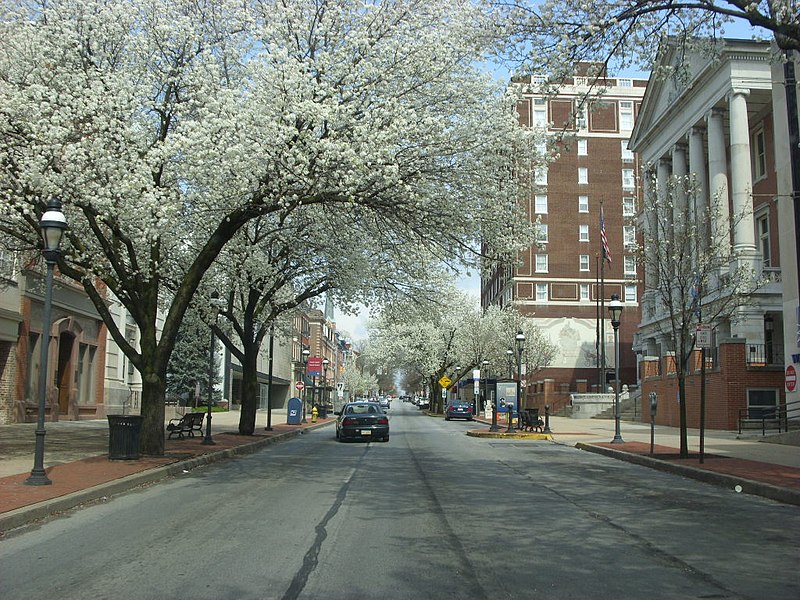
York, located in south-central Pennsylvania, is often referred to as the “White Rose City,” named after the symbol of the English House of York. The city has a strong industrial history, particularly in manufacturing and agricultural equipment. Today, York remains a hub for industry while embracing arts, culture, and community development. Its historic downtown features preserved architecture, markets, and the Strand-Capitol Performing Arts Center. York also celebrates its heritage with events like York Fair, America’s oldest fair, which dates back to 1765. The city’s economy blends traditional manufacturing with growing healthcare and service sectors. With its history, traditions, and ongoing revitalization, York continues to be a significant community in Pennsylvania.
Interesting Fact: York briefly served as the capital of the Continental Congress from 1777 to 1778 and was the site where the Articles of Confederation were adopted.




